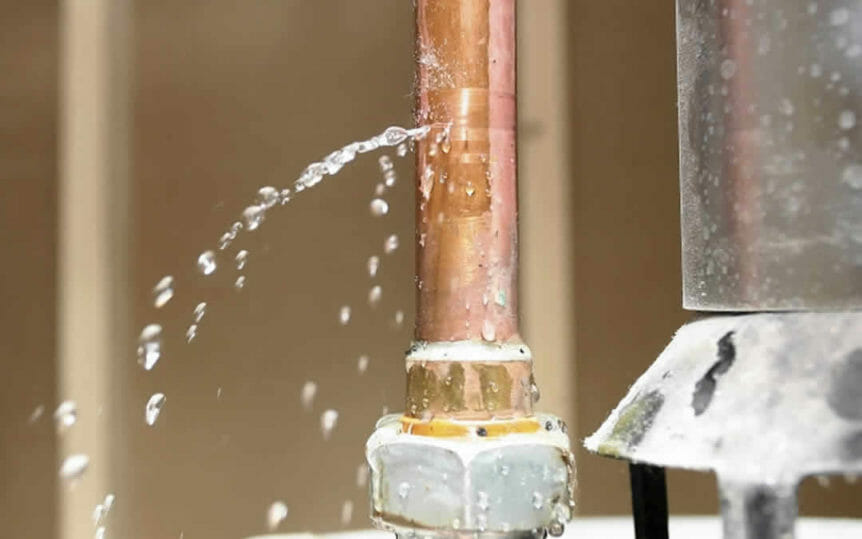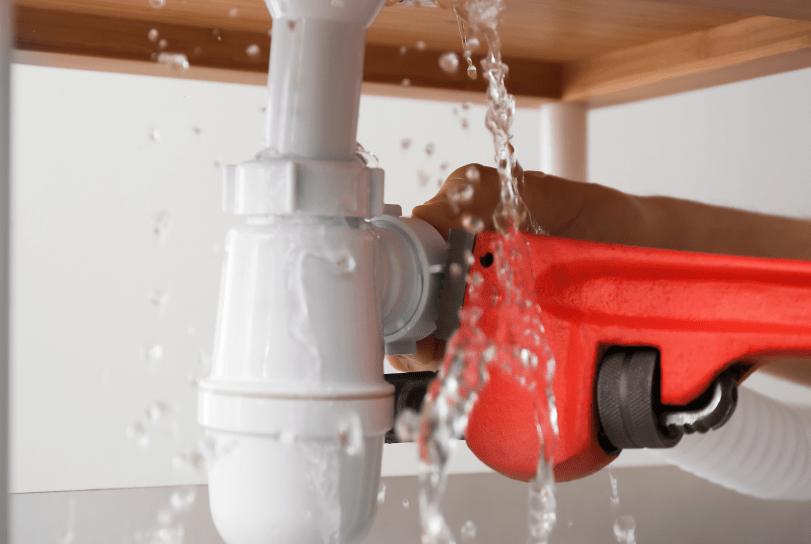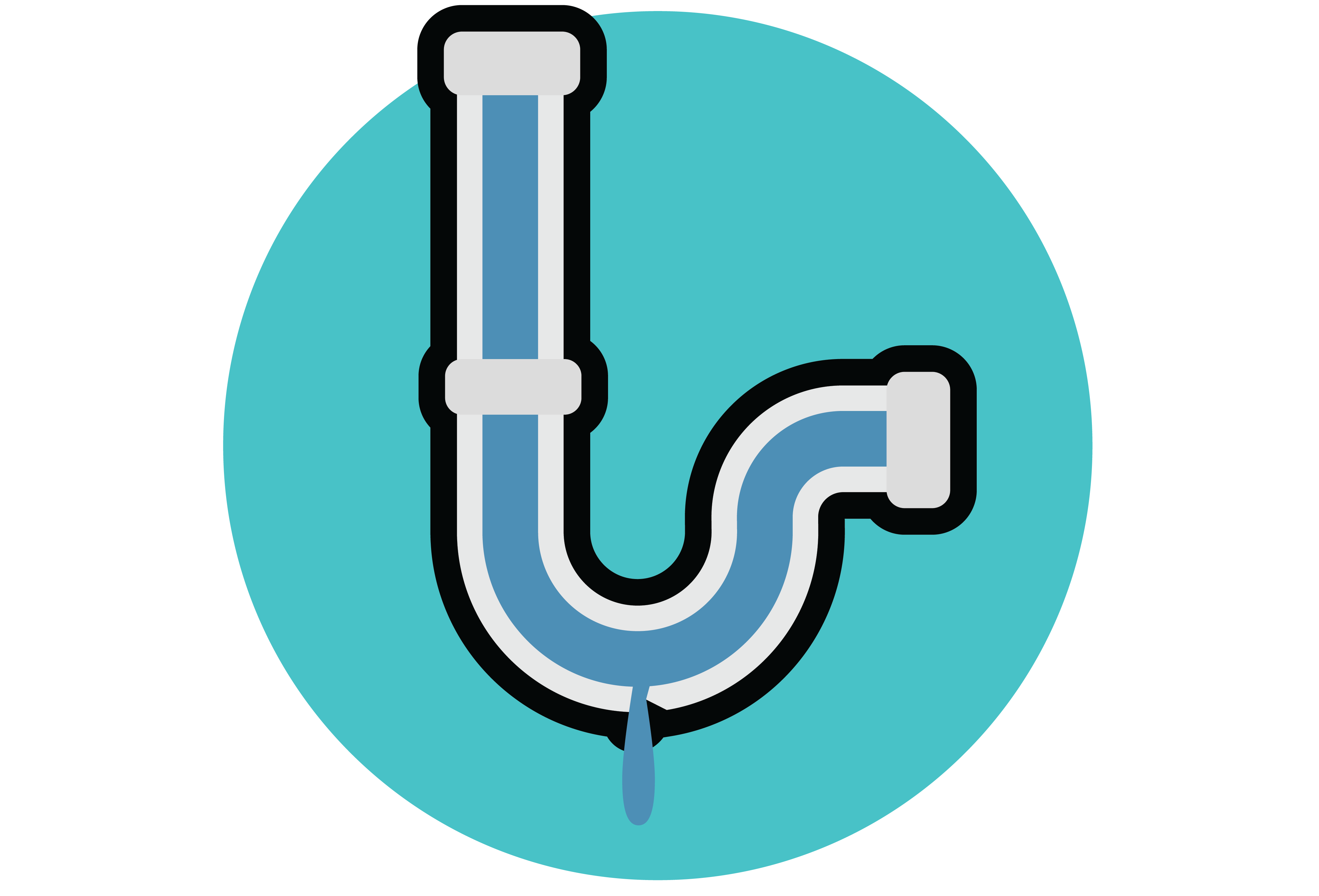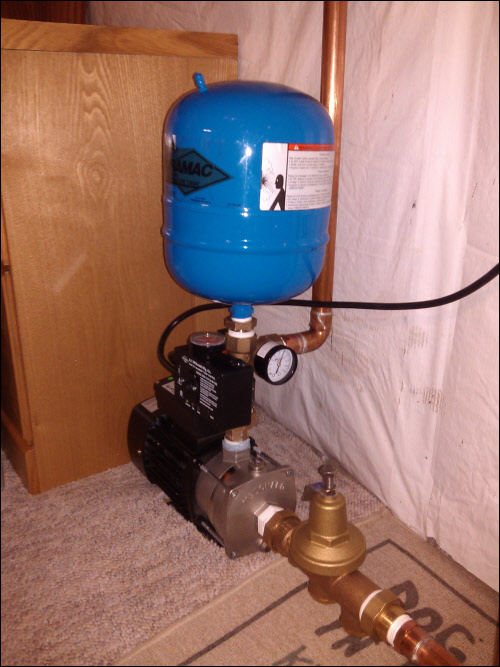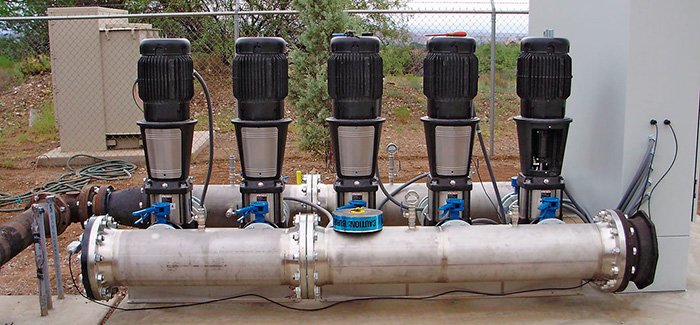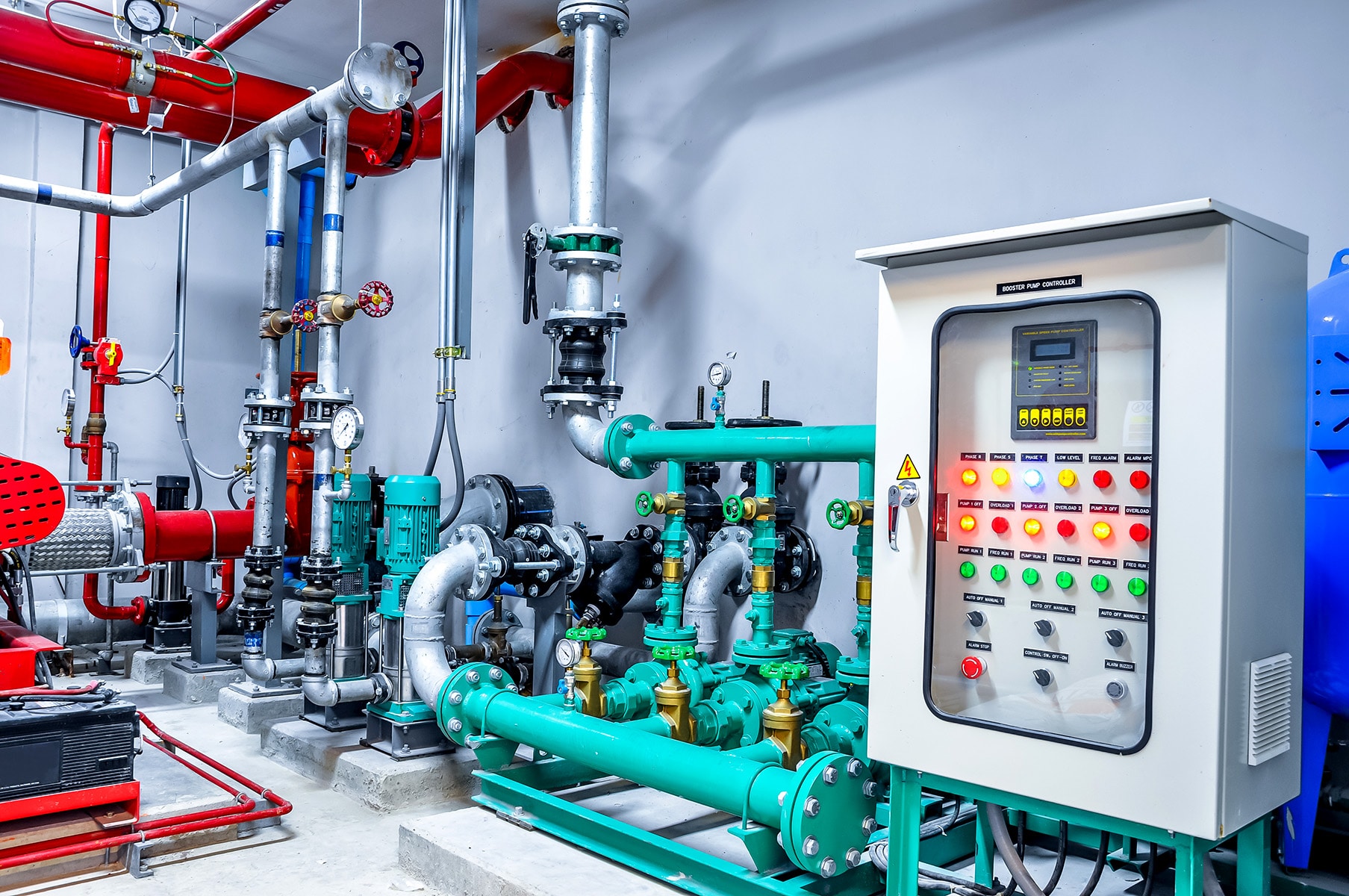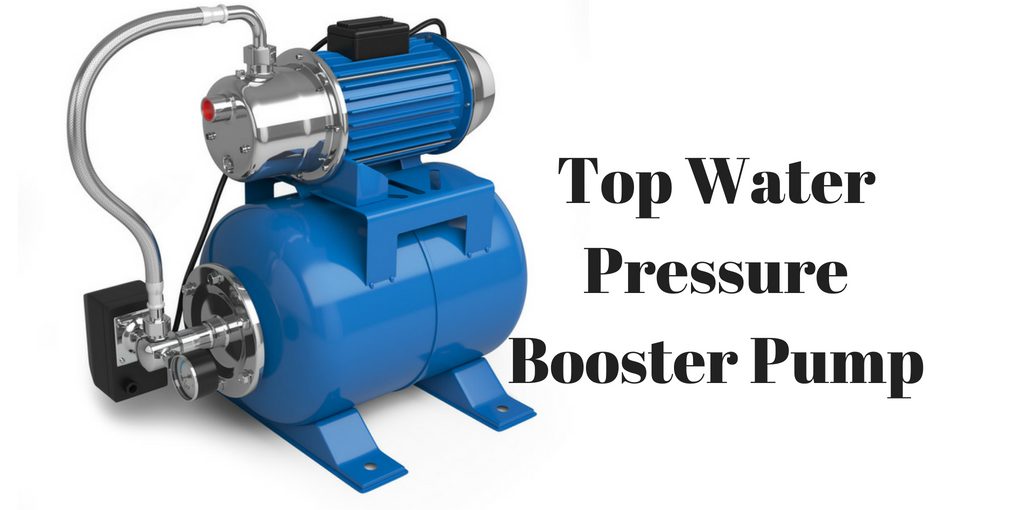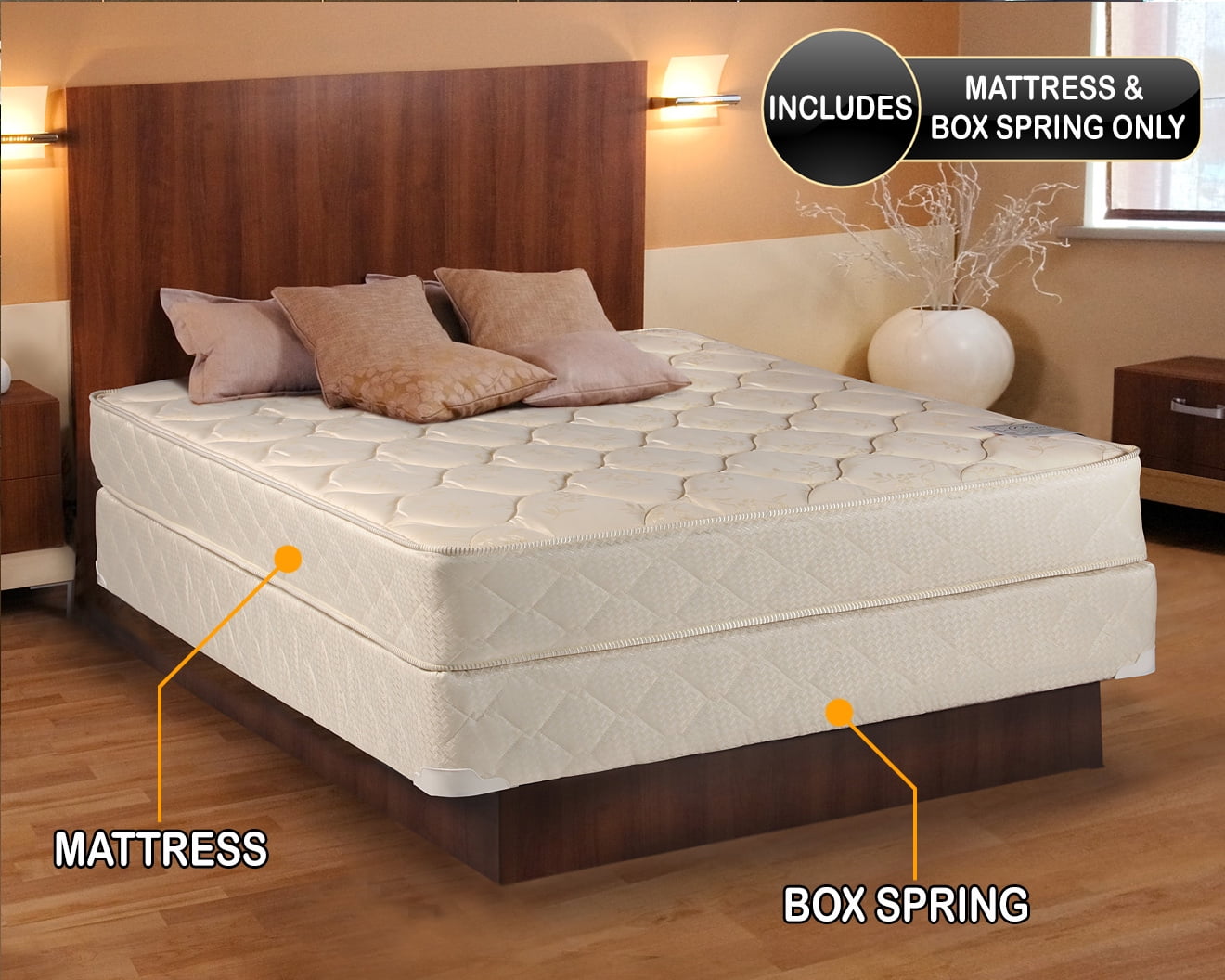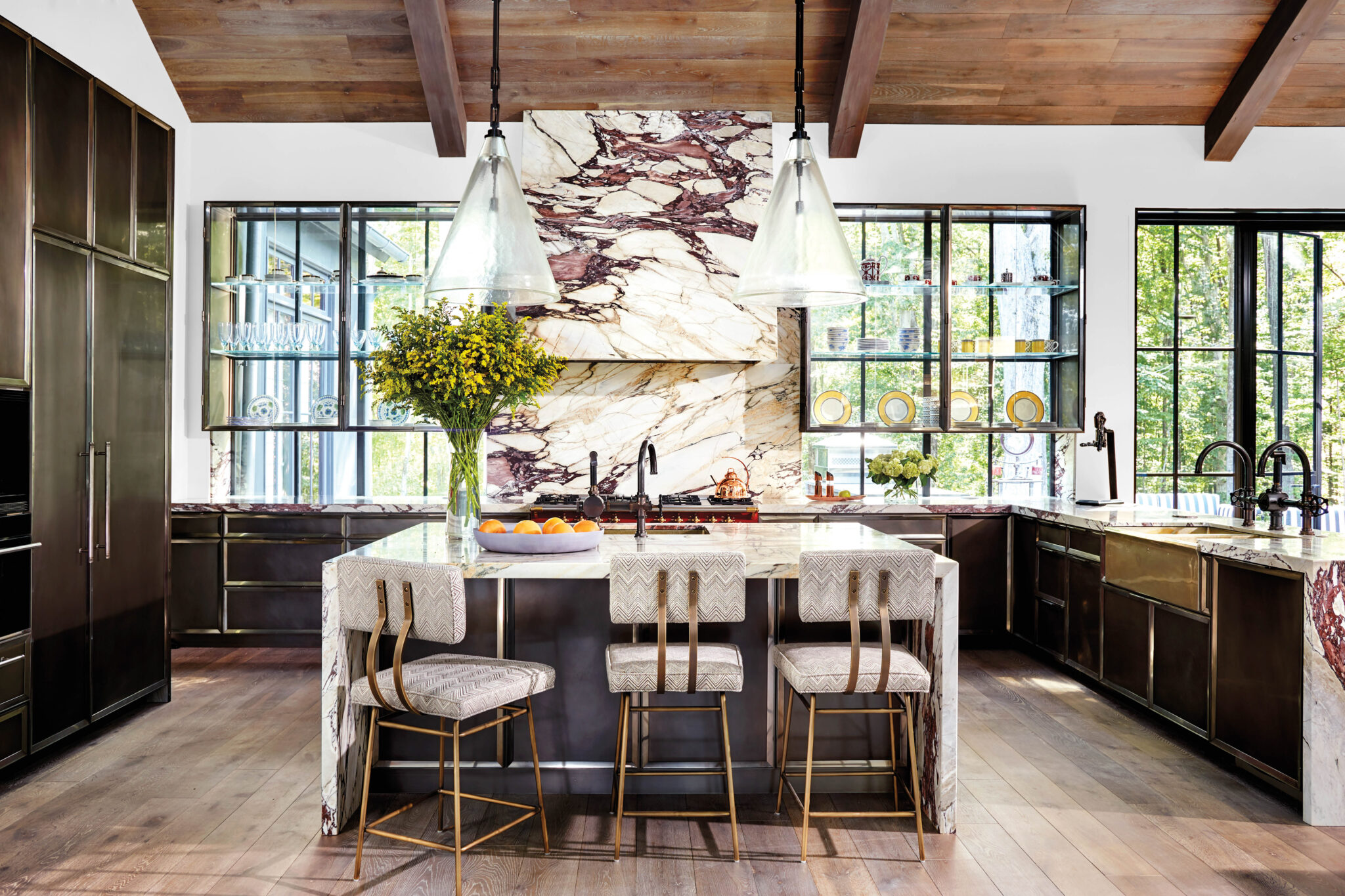If you're experiencing low water pressure in your kitchen sink sprayer, the first thing you should check is the aerator. The aerator is a small mesh screen that is located at the end of the faucet and helps to regulate the flow of water. Over time, this screen can become clogged with mineral deposits, debris, and other build-up, which can greatly affect the water pressure coming out of the sprayer. To check the aerator, simply unscrew it from the end of the faucet and clean it thoroughly with a brush and some vinegar. If it is too clogged to be cleaned, you may need to replace it with a new one. This simple fix can often solve the issue of low water pressure in your kitchen sink sprayer.1. Check the aerator
Another common cause of low water pressure in a kitchen sink sprayer is a clogged sprayer nozzle. This can happen when food particles, grease, or other debris get stuck in the small holes of the nozzle, blocking the flow of water. To clean the sprayer nozzle, remove it from the end of the sprayer and soak it in a mixture of hot water and vinegar for a few hours. Then, use a small brush to scrub away any remaining residue before rinsing it off and reattaching it to the sprayer.2. Clean the sprayer nozzle
If the aerator and sprayer nozzle are both clean and the water pressure is still low in your kitchen sink sprayer, the issue may lie with the water supply valves. These are the valves that control the flow of water to your sink and sprayer. Make sure that these valves are fully open and not partially closed, as this can greatly affect the water pressure. If they are closed, simply open them up and see if that resolves the low water pressure issue.3. Check the water supply valves
The sprayer hose is another component that can cause low water pressure in your kitchen sink sprayer. Over time, the hose can become kinked or damaged, hindering the flow of water. If you notice any visible damage or kinks in the hose, it may be time to replace it. You can find replacement hoses at most hardware stores, or you can call a plumber for assistance.4. Replace the sprayer hose
Clogged pipes can also be a culprit for low water pressure in a kitchen sink sprayer. This is especially true for older homes with older plumbing systems. Over time, pipes can become clogged with mineral deposits, rust, and other debris, which can greatly reduce the flow of water. If you suspect that your pipes may be clogged, it's best to call a professional plumber to inspect and clean them.5. Check for clogs in the pipes
If your home has a water pressure regulator, it may need to be adjusted to increase the water pressure in your kitchen sink sprayer. The water pressure regulator is typically located near the main water supply valve and can be adjusted with a screwdriver. However, it's important to be cautious when adjusting the regulator, as too much pressure can cause damage to your plumbing system.6. Adjust the water pressure regulator
If all else fails, it may be time to replace your kitchen faucet. Over time, faucets can become worn out and less effective at regulating the flow of water. If you have an older faucet, it may be time for an upgrade to a newer, more efficient model. This can not only improve your water pressure, but also give your kitchen a fresh new look.7. Replace the kitchen faucet
Leaky pipes can also be a cause of low water pressure in a kitchen sink sprayer. Even a small leak can greatly affect the water pressure in your entire plumbing system. To check for leaks, inspect all visible pipes for any signs of water or moisture. If you find a leak, it's important to have it repaired as soon as possible to prevent further damage and low water pressure issues.8. Check for leaks in the pipes
If you live in an area with consistently low water pressure, you may want to consider installing a water pressure booster. This is a device that can be attached to your plumbing system to increase the water pressure throughout your home. It's best to consult with a professional plumber to determine if this is the right solution for your low water pressure issue.9. Install a water pressure booster
If you've tried all of the above solutions and are still experiencing low water pressure in your kitchen sink sprayer, it's time to call in the experts. A professional plumber will have the knowledge and tools to diagnose and fix the issue, ensuring that your kitchen sink sprayer is working at optimal pressure once again. Don't let low water pressure in your kitchen sink sprayer disrupt your daily routine. With these 10 tips, you can troubleshoot and fix the issue so that you can enjoy a strong and consistent flow of water for all your cooking and cleaning needs.10. Call a plumber for professional help
Why Low Water Pressure in Kitchen Sink Sprayer is a Common Issue in Modern House Designs

The Importance of Kitchen Sink Sprayers in Modern House Designs
 Kitchen sink sprayers are an essential component in modern house designs. They provide convenience and efficiency in everyday tasks such as washing dishes, cleaning the sink, and filling pots with water. With just a push of a button, you can easily control the flow and direction of water, making kitchen chores less time-consuming and more manageable. However, low water pressure in kitchen sink sprayers has become a common issue that many homeowners encounter. This can be frustrating and may hinder the smooth flow of household chores. In this article, we will discuss the causes of low water pressure in kitchen sink sprayers and provide solutions to help improve the water flow.
Kitchen sink sprayers are an essential component in modern house designs. They provide convenience and efficiency in everyday tasks such as washing dishes, cleaning the sink, and filling pots with water. With just a push of a button, you can easily control the flow and direction of water, making kitchen chores less time-consuming and more manageable. However, low water pressure in kitchen sink sprayers has become a common issue that many homeowners encounter. This can be frustrating and may hinder the smooth flow of household chores. In this article, we will discuss the causes of low water pressure in kitchen sink sprayers and provide solutions to help improve the water flow.
The Main Causes of Low Water Pressure in Kitchen Sink Sprayers
 There are several reasons why you may experience low water pressure in your kitchen sink sprayer. One of the most common causes is a clogged aerator. The aerator is a small screen located at the end of the sprayer that regulates the water flow and reduces splashing. Over time, it can accumulate mineral deposits and debris, causing a decrease in water pressure. Another reason could be a faulty or worn-out sprayer head. If the sprayer head is damaged or has worn out O-rings, it can restrict the water flow and lead to low water pressure. Additionally, old and corroded pipes can also contribute to low water pressure in kitchen sink sprayers. As the pipes age, they can become clogged with rust and debris, hindering the water flow.
There are several reasons why you may experience low water pressure in your kitchen sink sprayer. One of the most common causes is a clogged aerator. The aerator is a small screen located at the end of the sprayer that regulates the water flow and reduces splashing. Over time, it can accumulate mineral deposits and debris, causing a decrease in water pressure. Another reason could be a faulty or worn-out sprayer head. If the sprayer head is damaged or has worn out O-rings, it can restrict the water flow and lead to low water pressure. Additionally, old and corroded pipes can also contribute to low water pressure in kitchen sink sprayers. As the pipes age, they can become clogged with rust and debris, hindering the water flow.
Solutions to Improve Water Pressure in Kitchen Sink Sprayers
 Fortunately, there are simple solutions to help improve the water pressure in your kitchen sink sprayer. The first step is to clean the aerator. You can do this by unscrewing the aerator from the sprayer and soaking it in a vinegar solution for a few hours. This will dissolve any mineral deposits and debris, restoring the water flow. If the sprayer head is the issue, replacing it with a new one can also help improve the water pressure. It is also important to regularly check and replace any worn out O-rings to ensure smooth water flow. In the case of old and corroded pipes, it may be necessary to call a professional plumber to replace them.
Fortunately, there are simple solutions to help improve the water pressure in your kitchen sink sprayer. The first step is to clean the aerator. You can do this by unscrewing the aerator from the sprayer and soaking it in a vinegar solution for a few hours. This will dissolve any mineral deposits and debris, restoring the water flow. If the sprayer head is the issue, replacing it with a new one can also help improve the water pressure. It is also important to regularly check and replace any worn out O-rings to ensure smooth water flow. In the case of old and corroded pipes, it may be necessary to call a professional plumber to replace them.
In Conclusion
 Low water pressure in kitchen sink sprayers can be a frustrating issue in modern house designs. However, with proper maintenance and simple solutions, you can easily improve the water flow and continue to enjoy the convenience and efficiency of your kitchen sink sprayer. Regularly cleaning and checking for any issues can help prevent low water pressure and ensure that your sprayer continues to function properly. If the problem persists, it is best to seek the help of a professional plumber to address any underlying issues with your pipes. By understanding the causes and implementing these solutions, you can say goodbye to low water pressure in your kitchen sink sprayer and make household chores a breeze.
Low water pressure in kitchen sink sprayers can be a frustrating issue in modern house designs. However, with proper maintenance and simple solutions, you can easily improve the water flow and continue to enjoy the convenience and efficiency of your kitchen sink sprayer. Regularly cleaning and checking for any issues can help prevent low water pressure and ensure that your sprayer continues to function properly. If the problem persists, it is best to seek the help of a professional plumber to address any underlying issues with your pipes. By understanding the causes and implementing these solutions, you can say goodbye to low water pressure in your kitchen sink sprayer and make household chores a breeze.


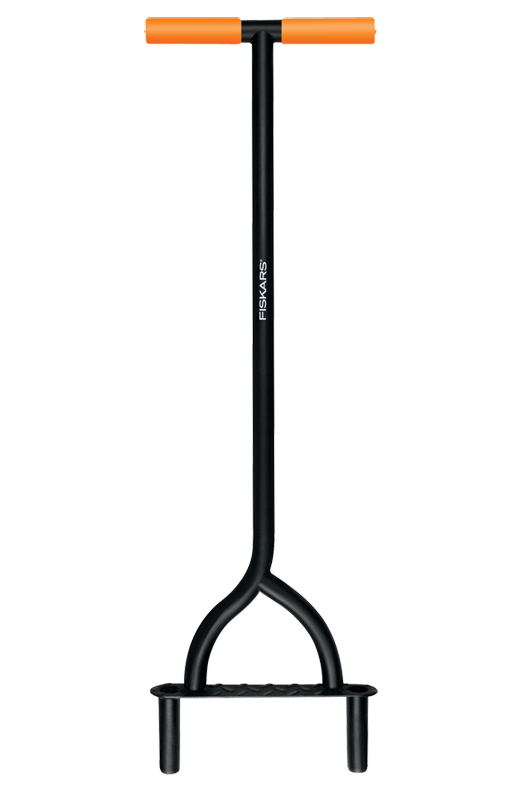

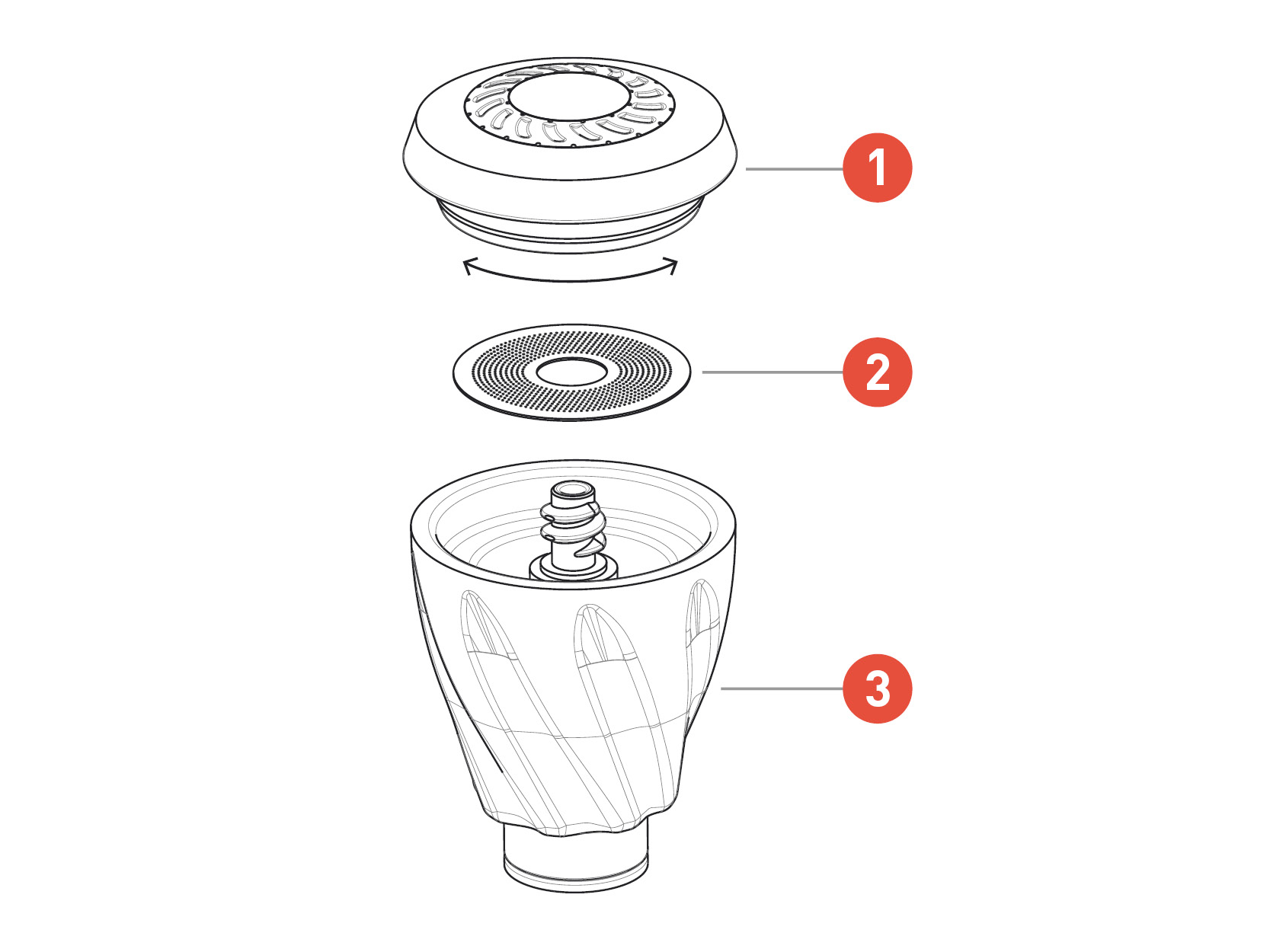

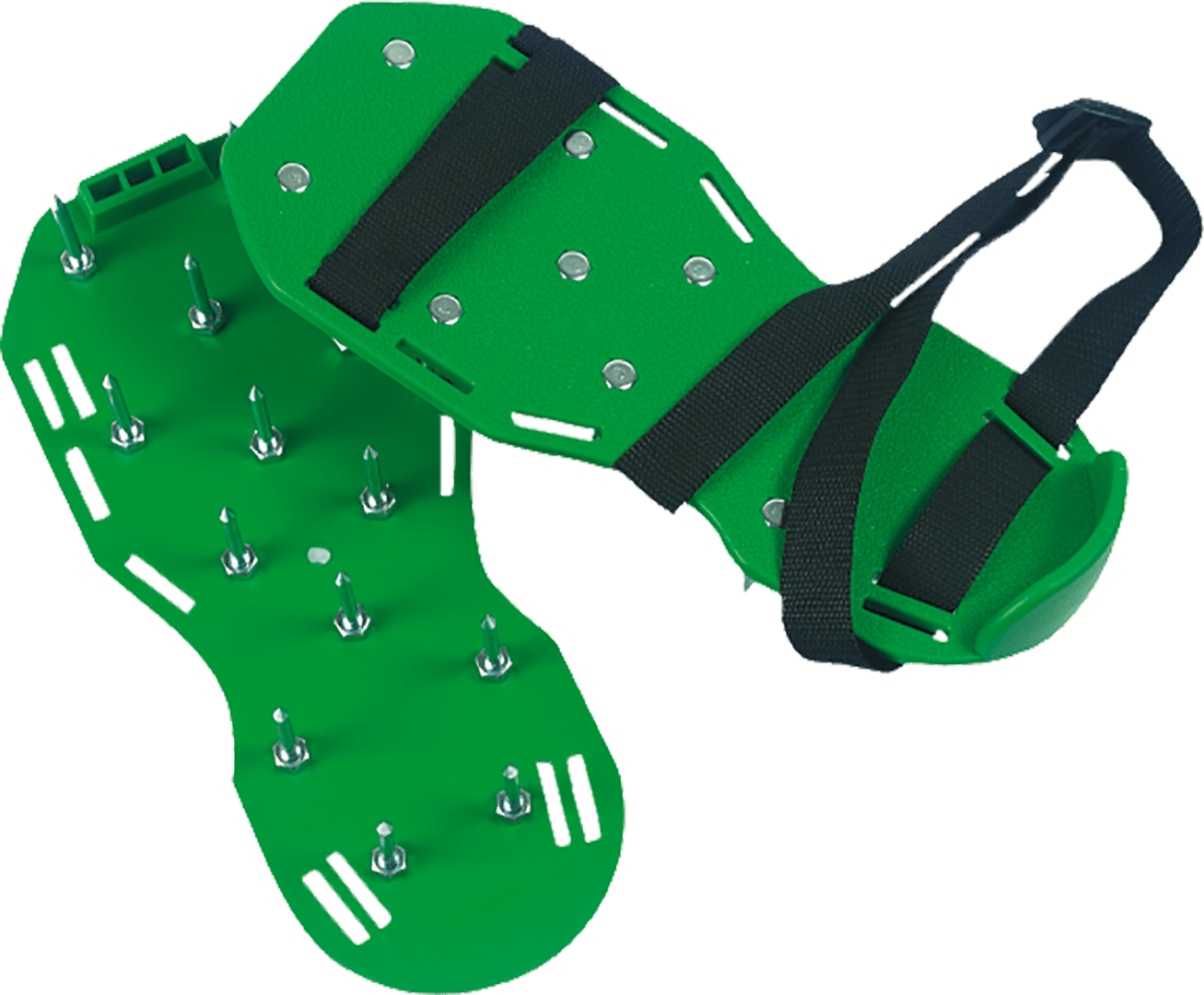



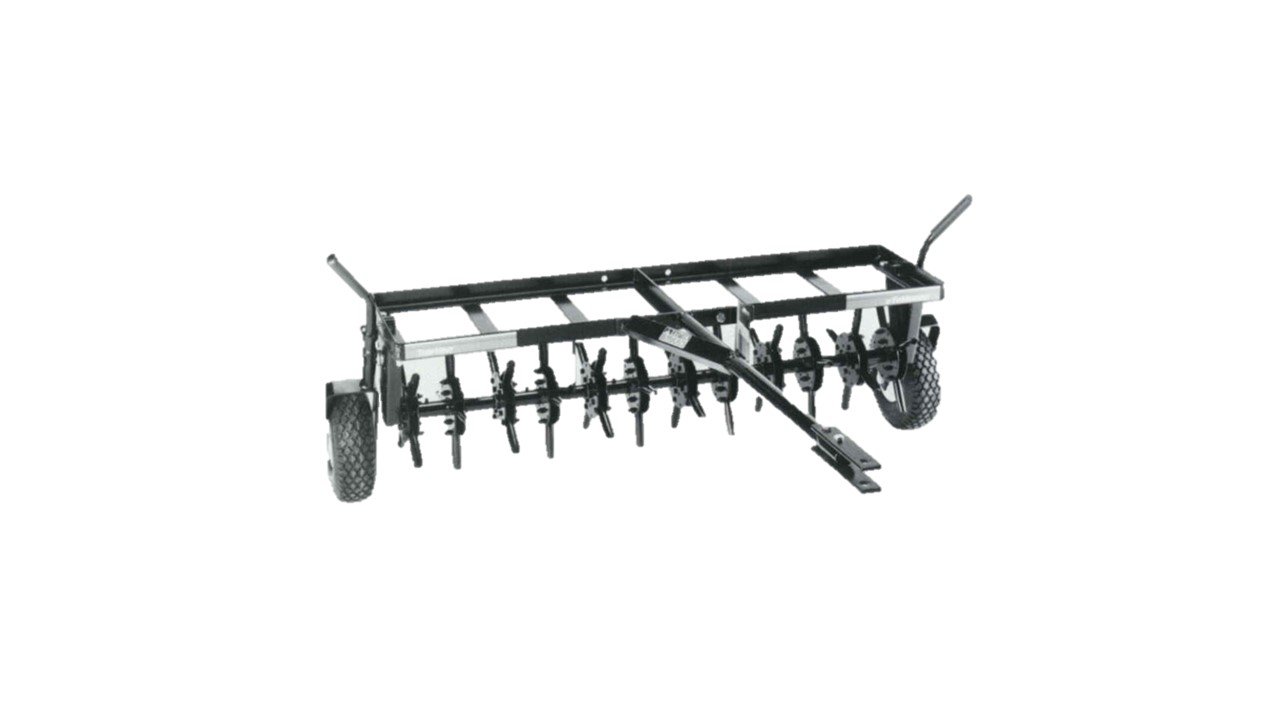

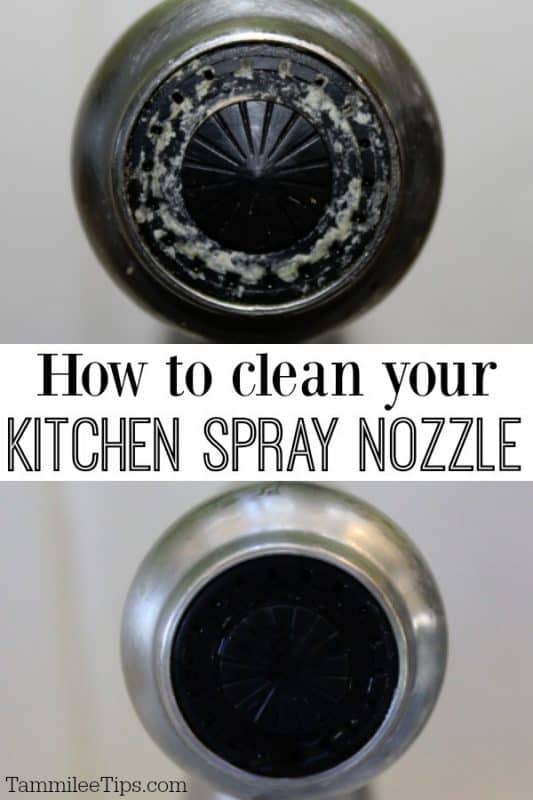


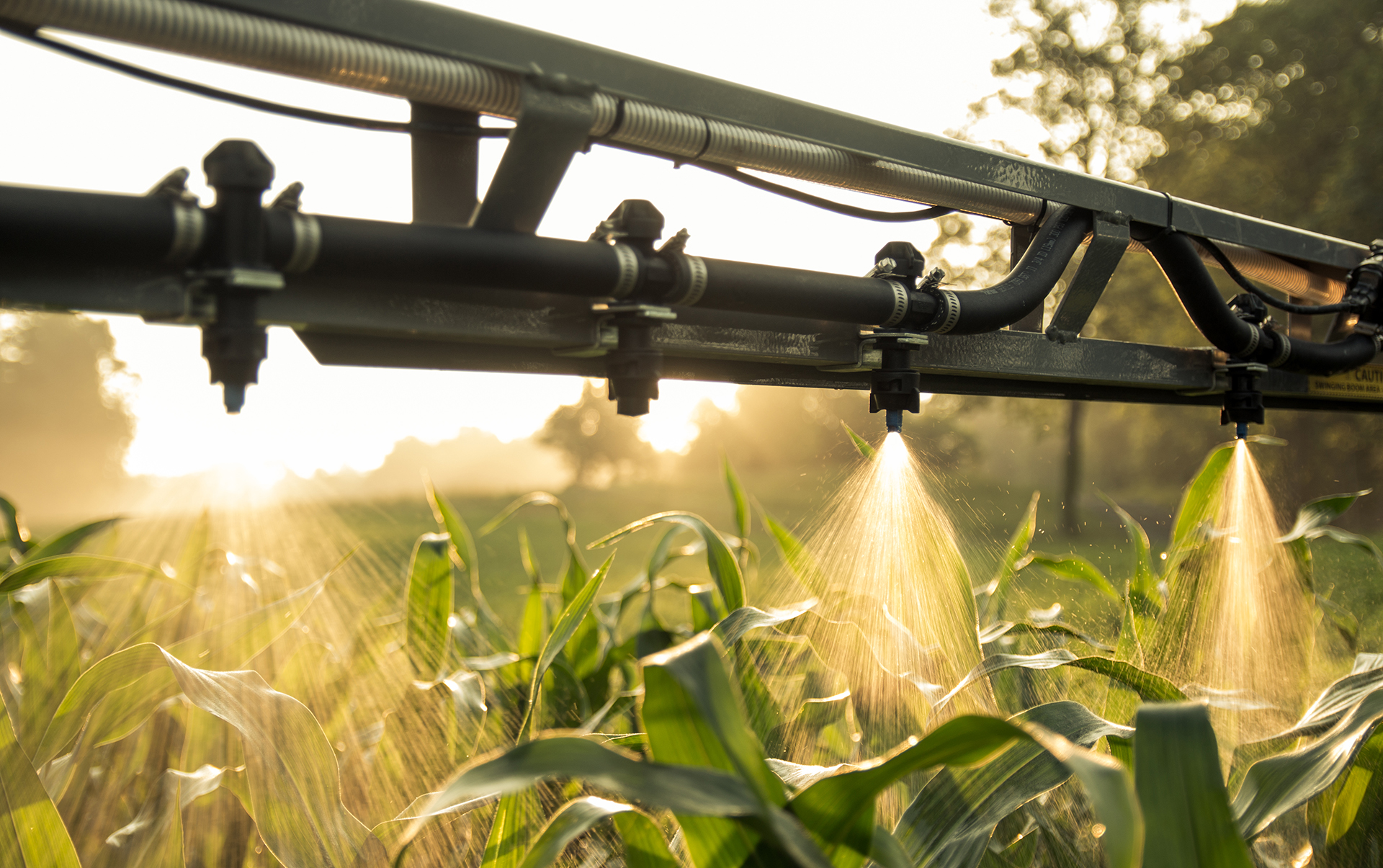

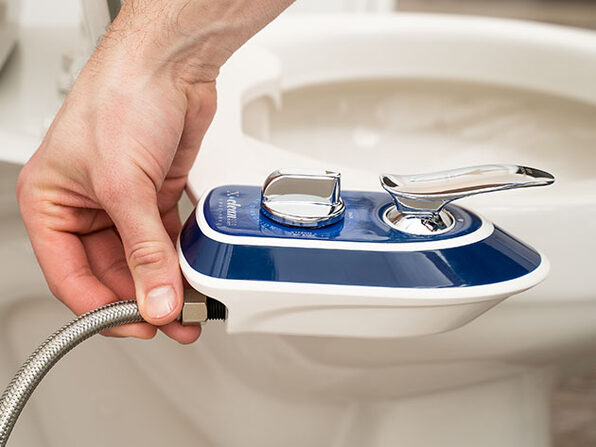




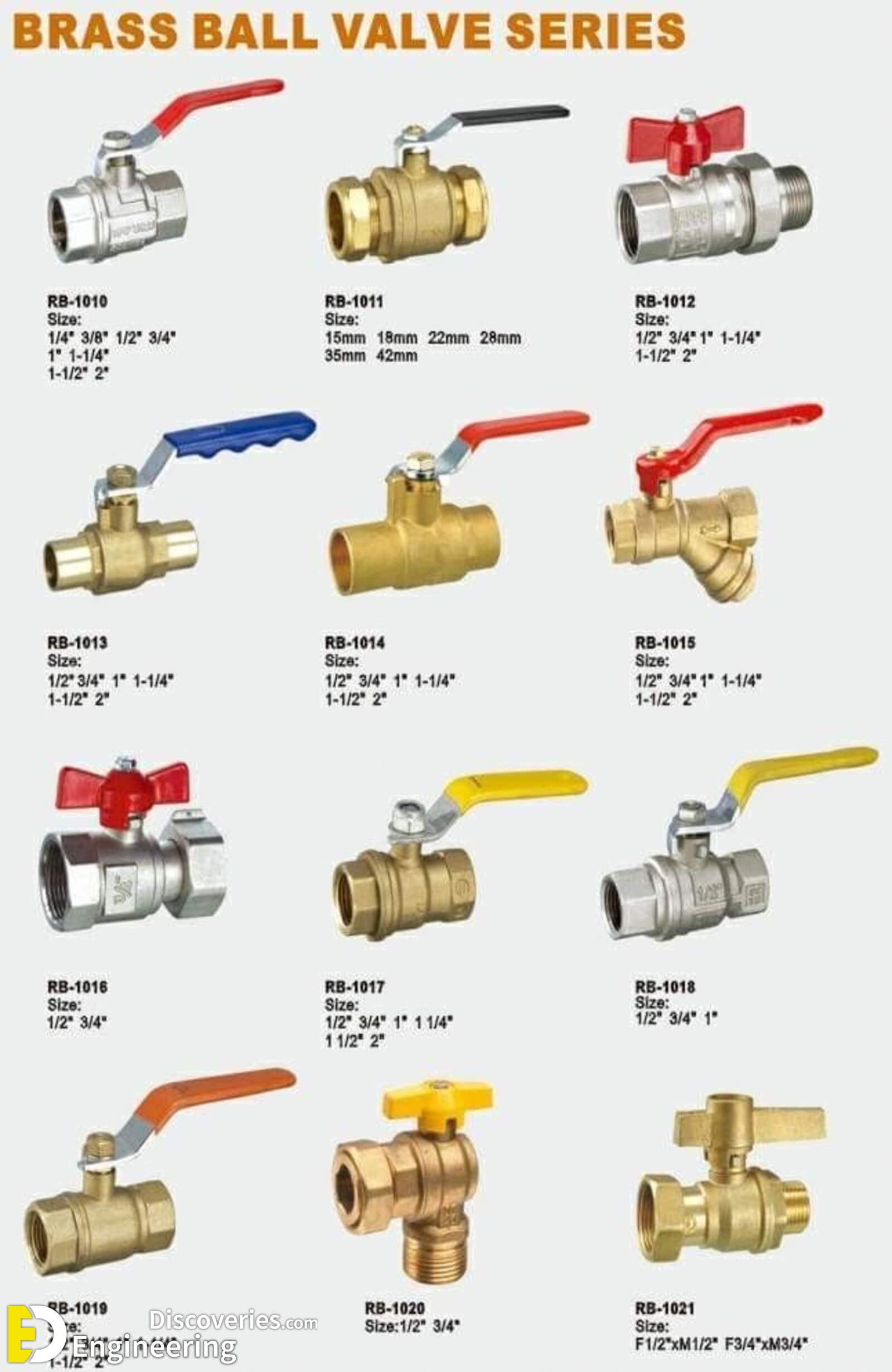



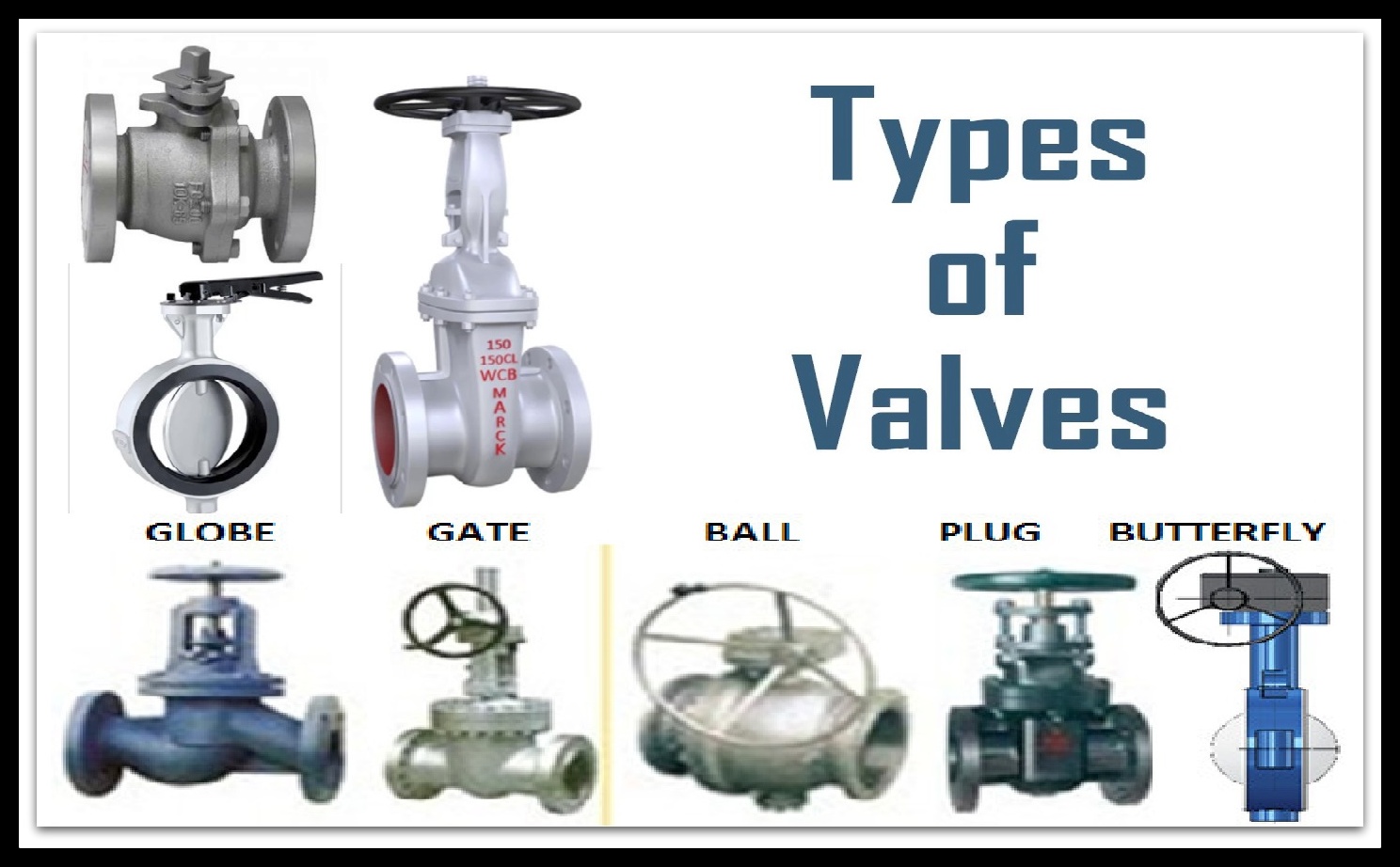




:max_bytes(150000):strip_icc()/GettyImages-106572292-3658474337224eda8721faead4f91390.jpg)
:max_bytes(150000):strip_icc()/GettyImages-1057621140-78ab2e946841421d9a7efeebe02935d2.jpg)



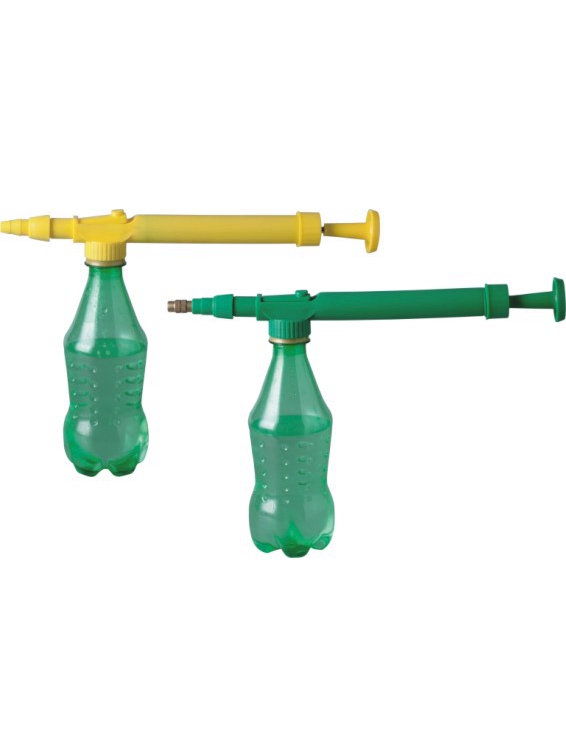
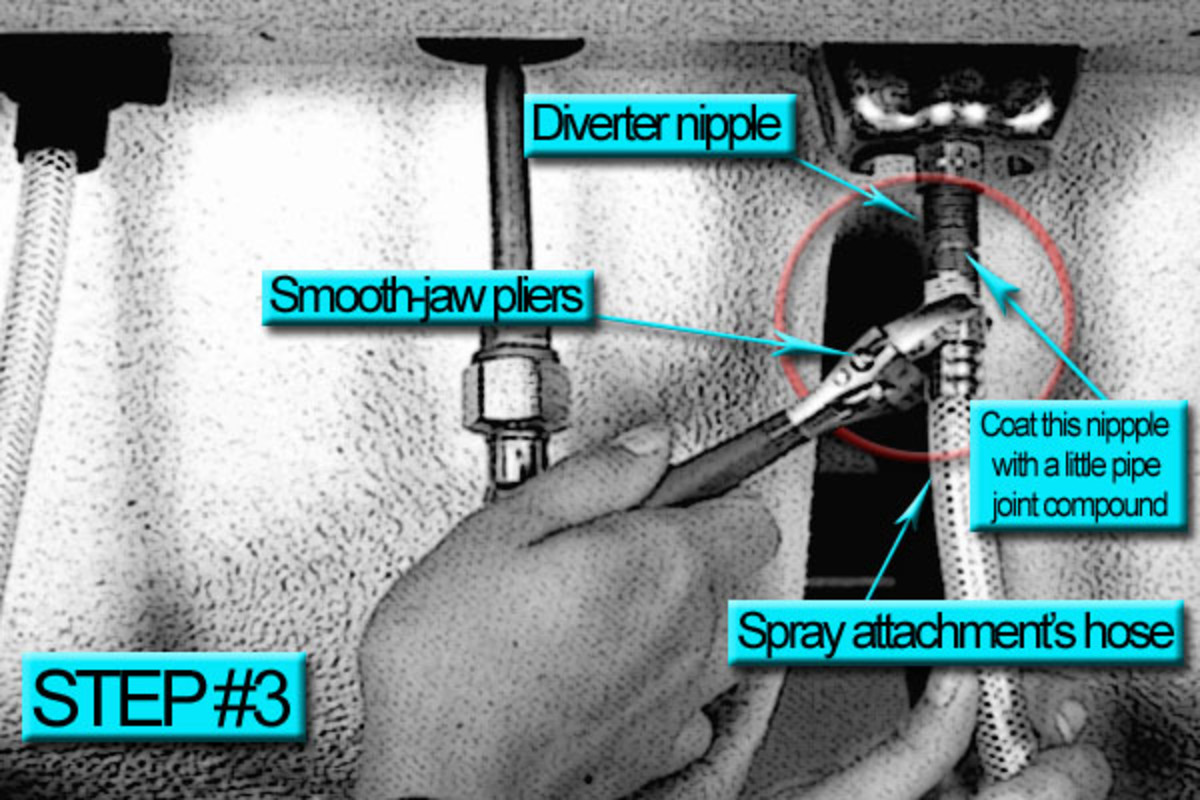

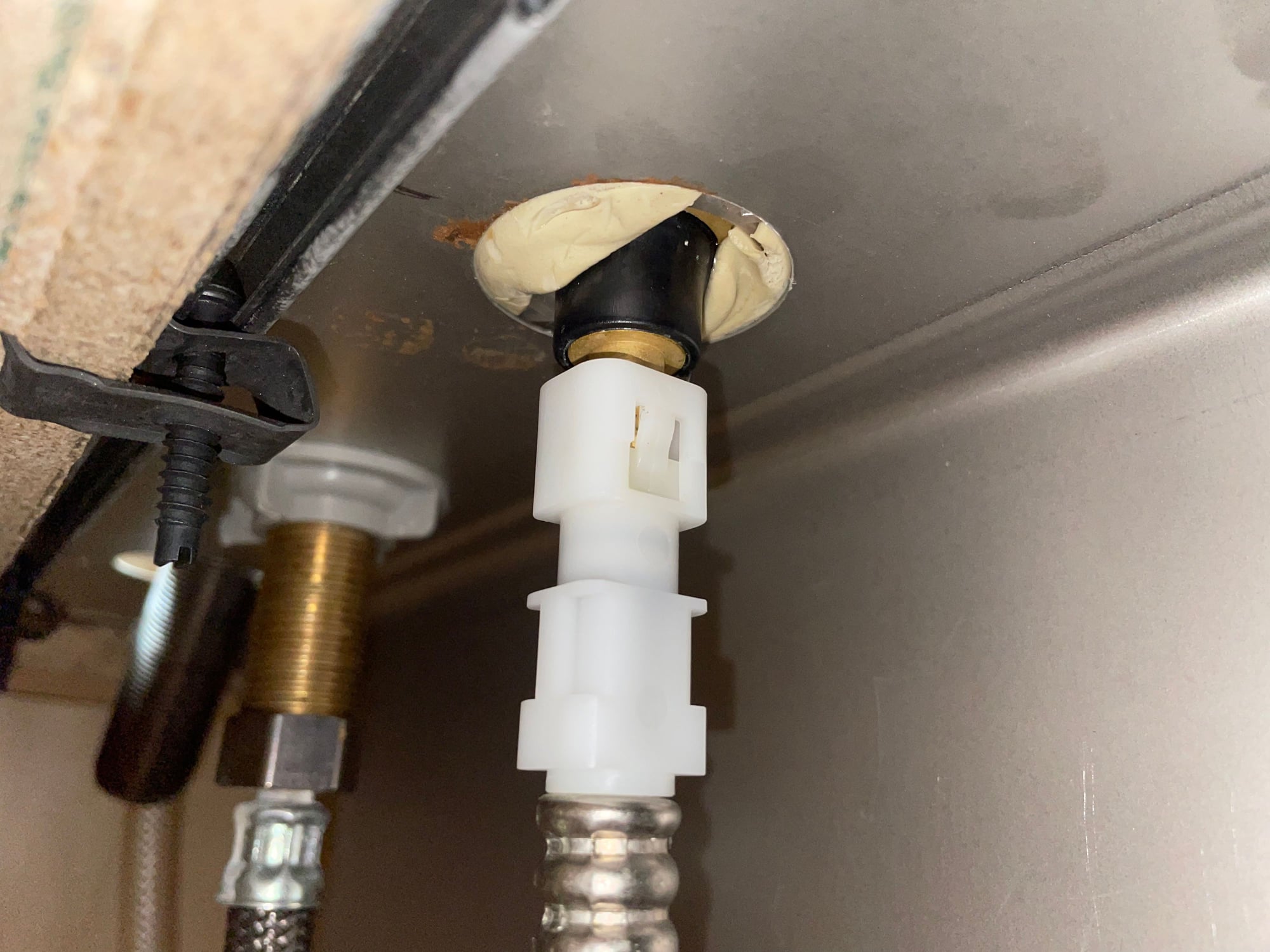
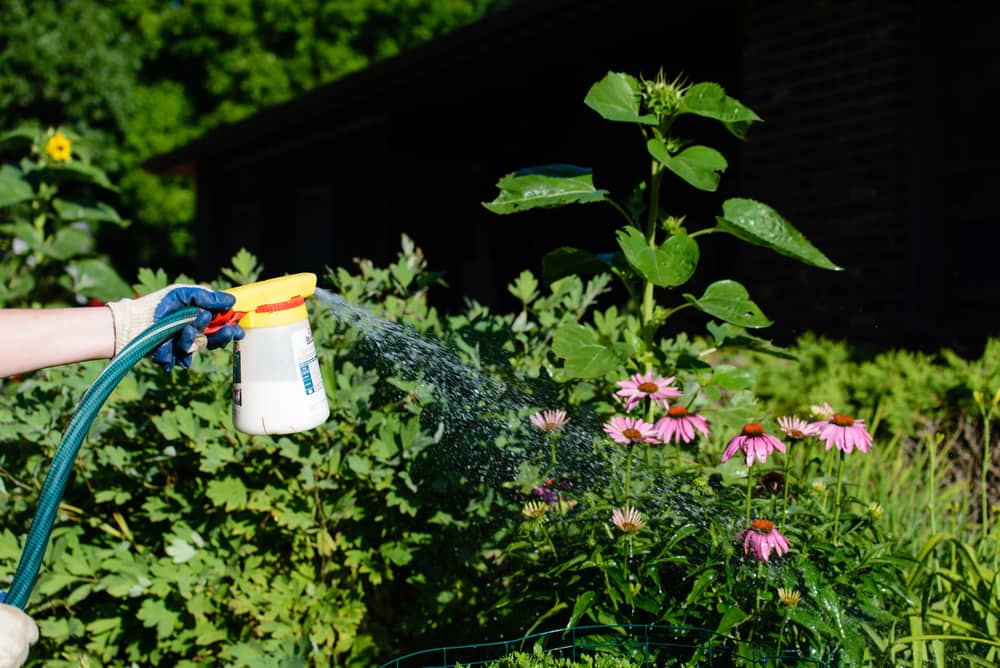


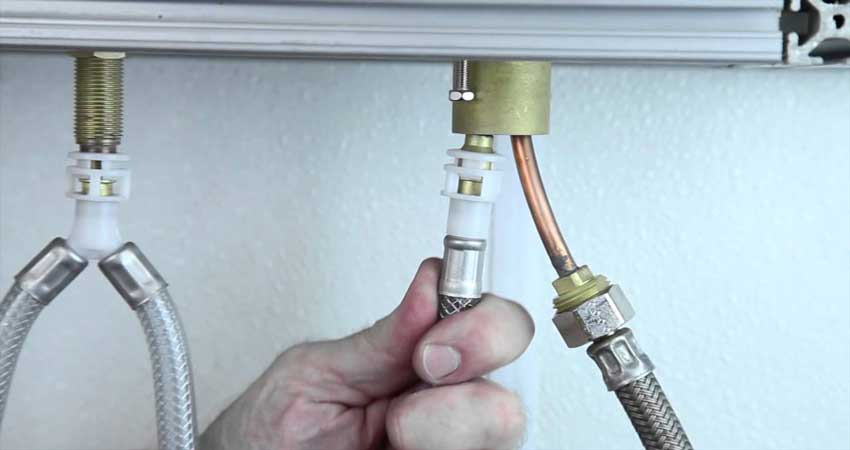





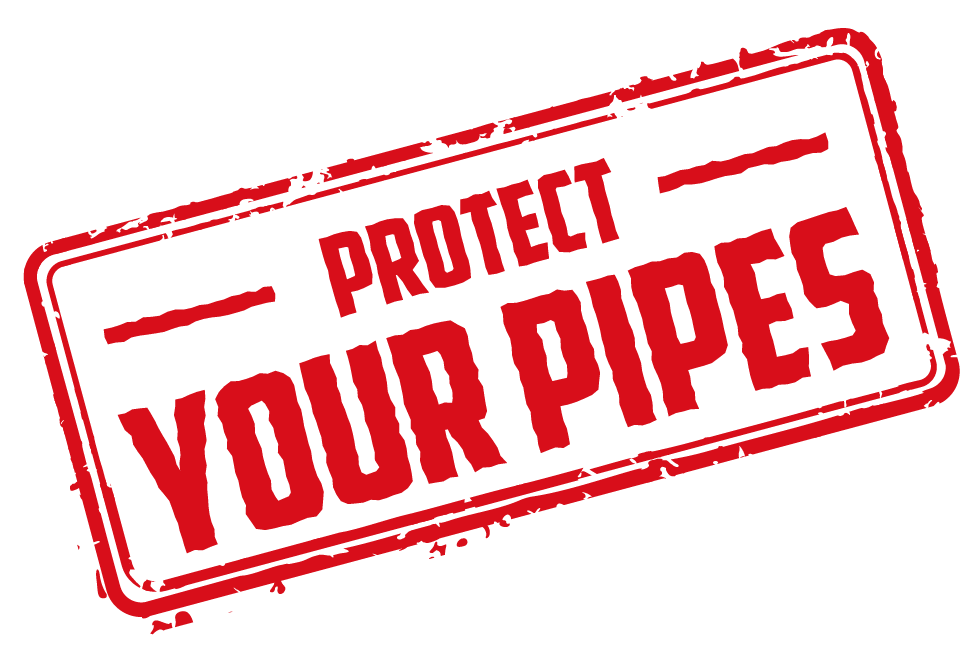





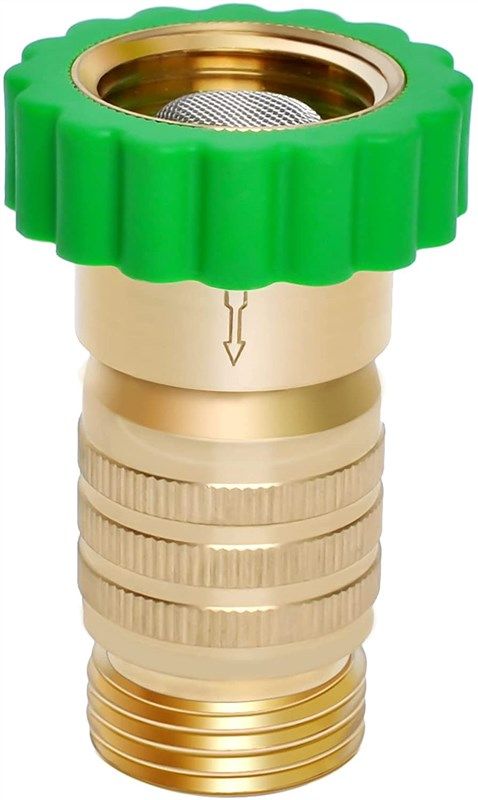

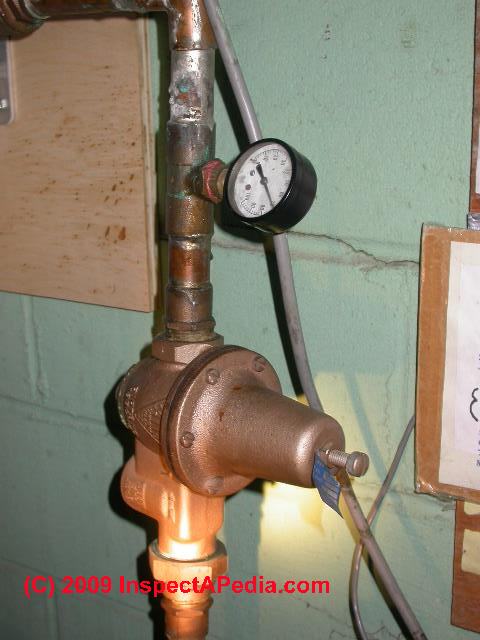

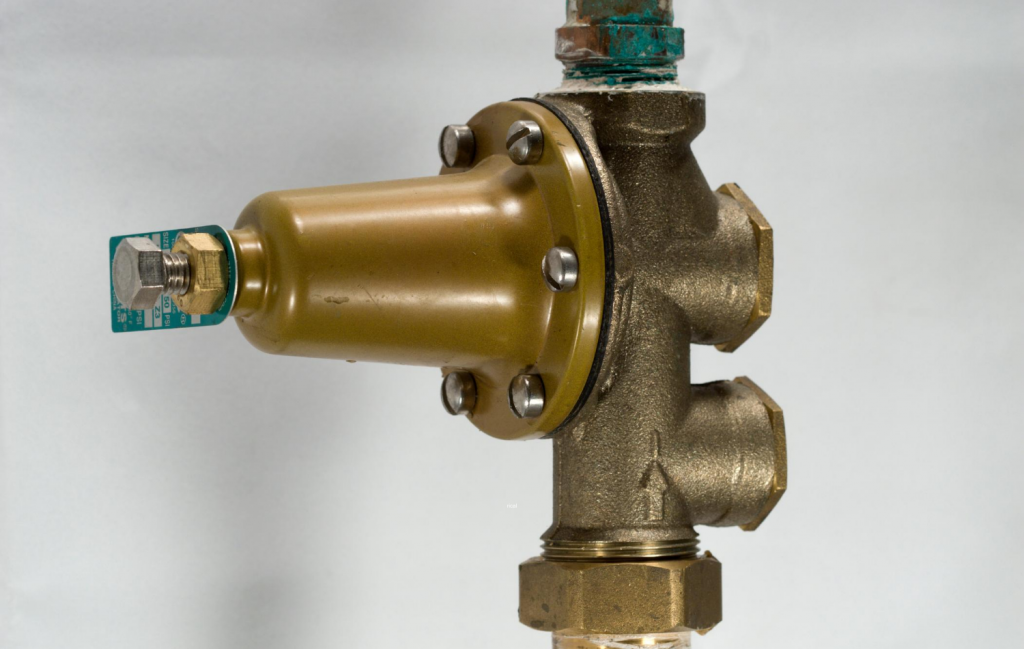
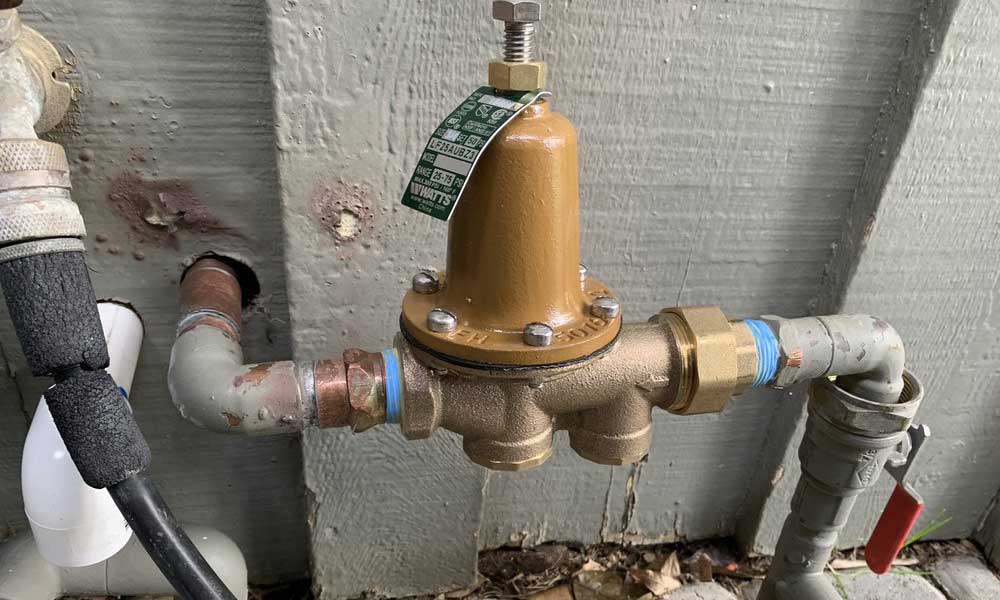





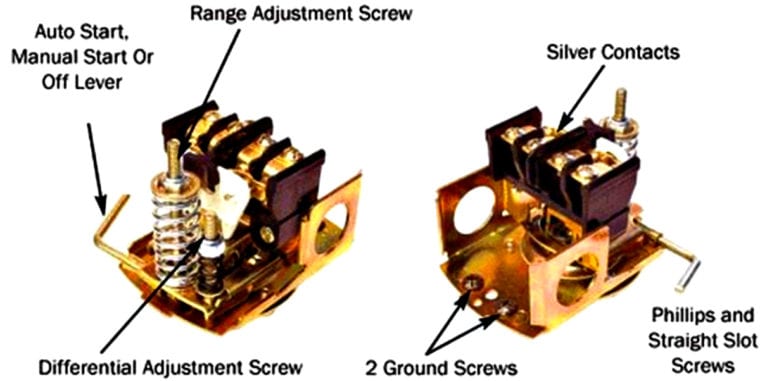

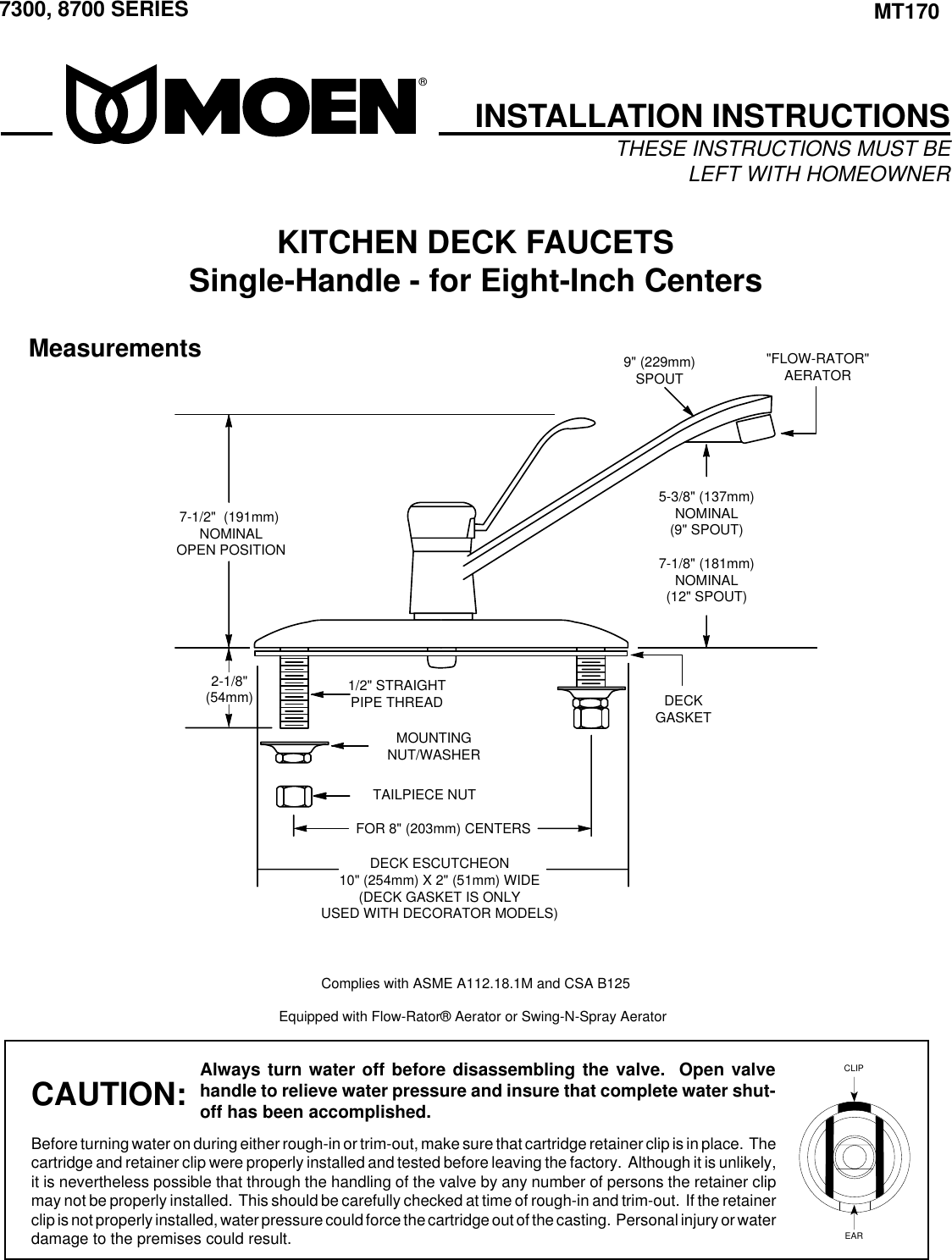



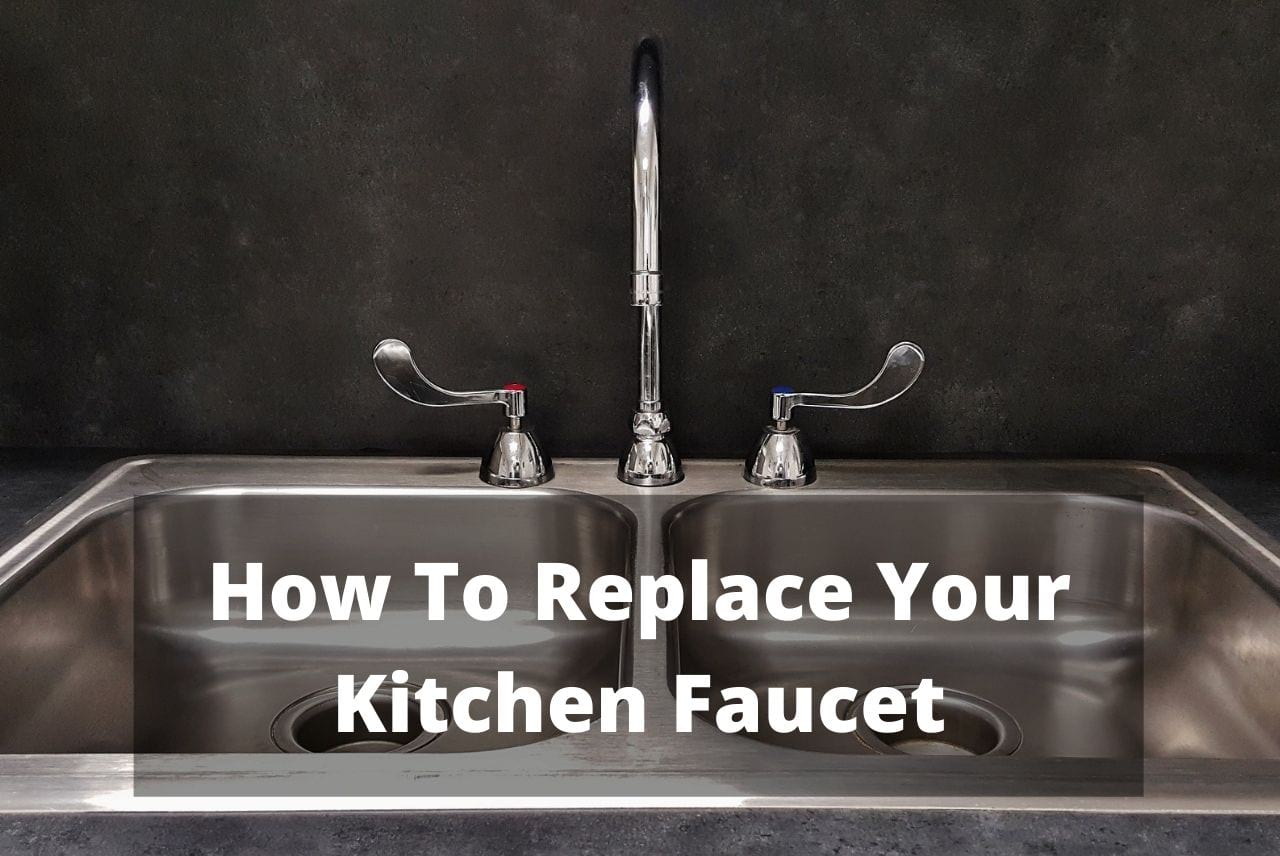




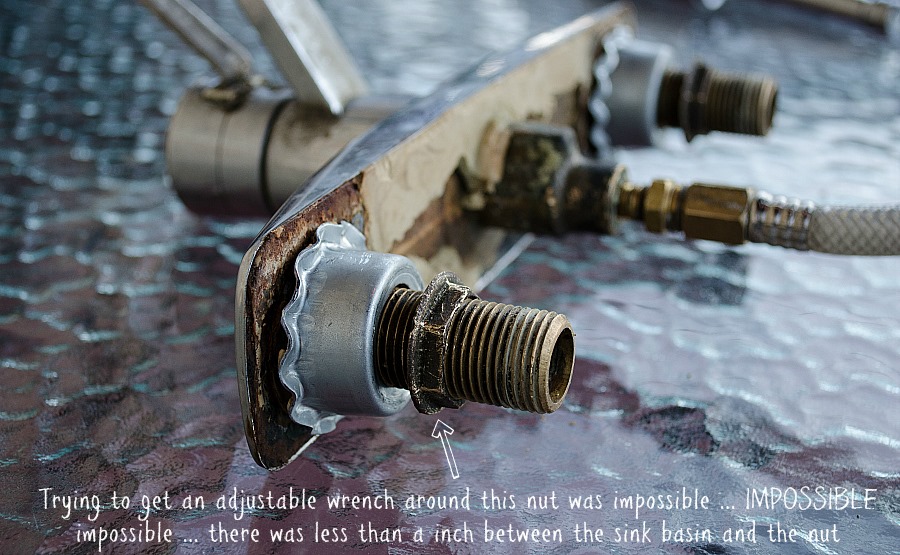

_CatalogRender.png)


